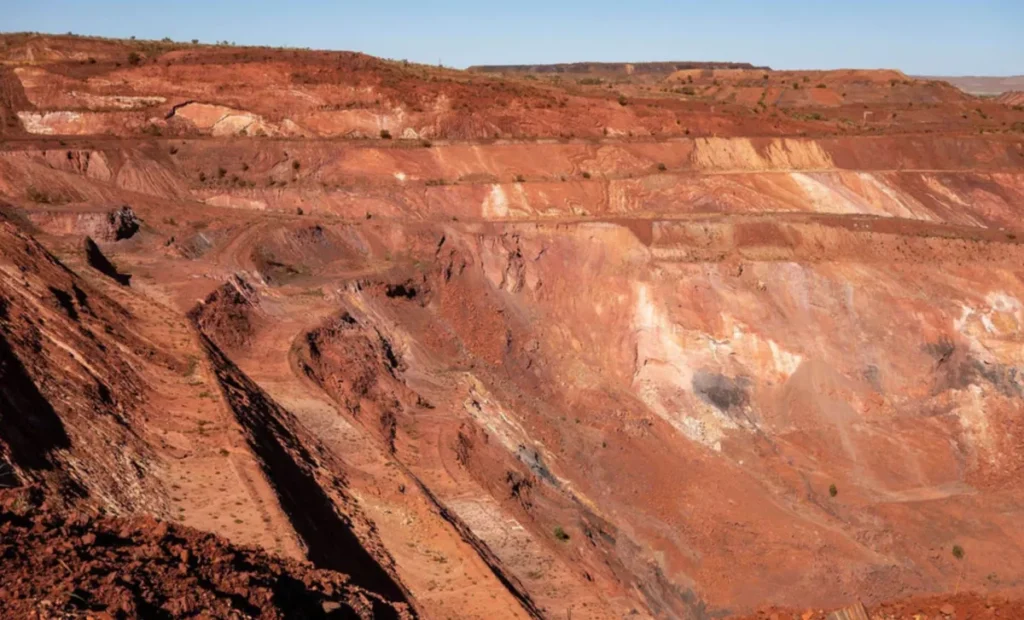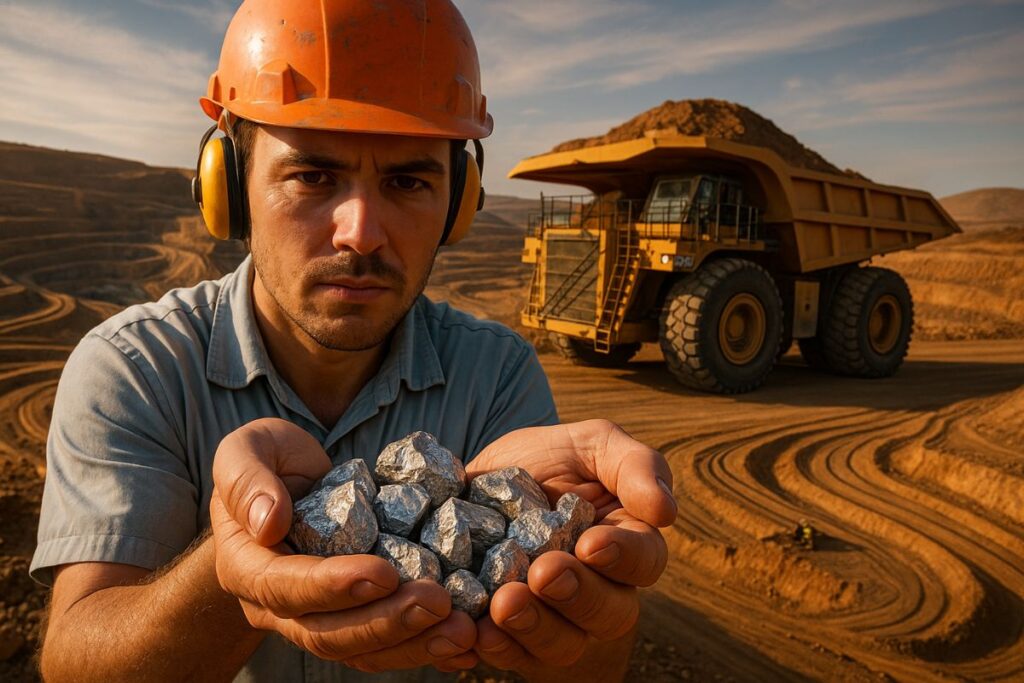In a discovery that could redefine the global mining landscape, geologists in Australia have unearthed the world’s largest known iron ore deposit, an astonishing geological jackpot estimated to be worth $6 trillion.
The deposit lies deep within Western Australia’s arid Pilbara region, long known as a rich mining frontier. A team of researchers from Curtin University uncovered the find in the remote Hamersley area, revealing an estimated 55 billion metric tons of high-grade iron ore beneath the surface.
What sets this find apart isn’t just its scale, but its exceptional quality: iron concentrations exceed 60%, placing it well above the global average for commercial viability. This means more efficient refining, lower environmental impact per ton, and a potential shake-up in global supply chains.
“This is a transformative moment,” said lead geologist Dr. Liam Courtney-Davis, whose research was published in the Proceedings of the National Academy of Sciences. “Not only does this discovery boost Australia’s resource potential, it redefines what’s geologically possible.”
The implications are staggering. The total estimated value of the deposit rivals the GDP of large economies, and its development is expected to create thousands of new jobs in extraction, logistics, and steel manufacturing.
Global markets are already bracing for impact. With **China, the world’s top steel producer, **deepening its industrial capabilities, this find could rebalance trade dynamics and lower raw material costs across continents.
Beyond the economic headlines, the discovery is also rewriting geological textbooks. Using advanced isotopic dating, researchers determined the ore formations are 1.4 billion years old, younger than most major iron formations worldwide. These insights challenge longstanding theories about how Earth’s iron deposits formed, offering clues that could guide future exploration.

The discovery arrives as nations race to leverage their natural resources in transformative ways. While China builds a 250-mile solar mega-farm to power its capital, Australia doubles down on its mining heritage, demonstrating the multiple paths countries are taking to secure economic and energy futures.
Industry analysts suggest the find could spark a new era of mineral exploration, much like the shale boom reshaped the energy sector in the 2000s. From Brazil to Sub-Saharan Africa, mining firms are likely to ramp up exploration in hopes of uncovering comparable mega-deposits.
To bring this deposit online, Western Australia will require massive infrastructure investment, rail lines, processing plants, and port upgrades. Sustainability will be central to the project, with environmental advocates urging the use of green technologies to reduce the ecological footprint of such a large-scale endeavour.
Dr. Courtney-Davis believes a better scientific understanding of how such deposits form can guide more efficient and environmentally conscious mining practices in the future.
As the world faces increasing demand for steel in construction, green energy, and transportation, this Australian discovery comes at a critical moment. With thoughtful development and international collaboration, it may well define the next chapter of global industrialisation.



